If your cat’s behaviour is intolerable and includes things like climbing on countertops, biting you or even bringing dead animals into the house as gifts for you then may be wondering if there is any way you can discipline them.
These sorts of behaviours are are relatively common, some of them are simply your cats’ natural instincts, but either way you are probably looking for a way to stop them from happening.

Fortunately, there are ways you can discipline your cat which won’t damage your relationship with them.
Before we go any further here is a quick three-point summary of the best ways to discipline a cat:
- Snapping your fingers of clapping at them.
- Using deterrents like citrus sprays.
- Ignoring bad behaviour.
Whatever you do do not react aggressively to your cat.
Do not pick them up by the scruff of their neck (read our article on how to pick up a cat to find out why this is a very bad idea), don’t shout at them and don’t allow aggressive play.
These sort of physical disciplines will be ineffective and are likely to result in more disruptive and aggressive behaviour.
Contents
Examples of Bad Behaviour That Require Discipline

Below are some examples of undesirable behaviours you may be experiencing with your cat, just remember there will be a reason for the behaviour and it’s not because your cat wants to annoy you or dislikes your choice in furniture or curtains:
- Attacking your legs as you walk past
Potential causes: boredom, lack of stimulation, desire for attention/ play. - Aggression towards new people or bullying behaviour towards other cats
Potential causes: health issue, unfixed males are often more prone to aggressive behaviour, stress. - Not using the litter box as desired
Potential causes: not enough litter boxes in the house, location of litter boxes not easily accessible, litter box is dirty, health issues, stress. - Chewing/ scratching on furniture and unwanted items
Potential causes: requires a scratching post, current scratching post is hidden away or in a different area. - Biting
Potential causes: health issue, redirected aggression (likely the result of fear), dislike of being petted in certain areas. Find out why your cat may bite you here. - Bringing in dead animals as gifts
Potential causes: wanting interaction with you, social desire. - Inappropriate spraying
Potential causes: feeling insecure or unsure of themselves due to big changes (such as a new pet in the house).
If you are experiencing one or more of these behaviours, do not worry you are not the only cat owner experiencing this and there are steps you can take to reduce or even eliminate ‘bad’ behaviours entirely.
Reasons Behind Certain Behaviours
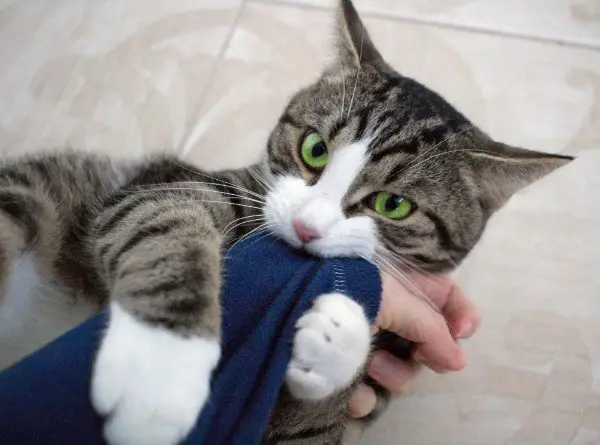
Many behaviours are completely natural and are simply being exhibited in areas or ways that are undesirable.
For example, scratching the furniture is your cat displaying their natural instincts to mark their territory and this behaviour simply needs to be redirected to a scratching post.
Other behaviours may be the result of a health issue, for example increased aggression or not using the litter box. A visit to the vet may hold the explanation for your cat’s disruptive behaviour, particularly if the behaviours are new occurrences.
Training Your Cat
Many people only associate training with dogs, but cats can be trained to.
With simple positive reinforcement, you will be able to encourage desirable behaviours and discourage others. In order for training to be effective you will need to identify what motivates your cat, this will likely be one of the following; food, toys or attention.
Pick the item you think will be the best motivator for your cat and, if possible, reserve the item (e.g. a their favourite cat food treat or a certain favourite toy) for training only as this will make it far more valuable and enticing for your cat.
Once you have found what your cat is motivated by you can use this as a reward for good behaviour.
Just as you give a treat to dogs when they behave well, the same can be done for cats.
Give treats and praise your cat whenever you see good behaviour.
Reward your cat for using the scratching pole, for using the litterbox, for sitting next to something they used to chew without chewing it etc.
Reward Good Behaviour
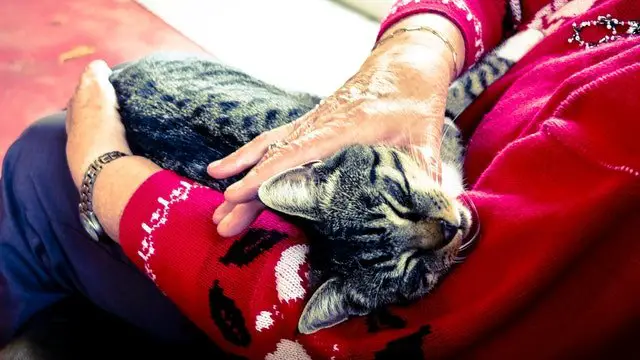
Repetition is essential when training your cat.
They will learn which behaviours earn them treats/ praise and which do not.
It’s important to be consistent in order for your cat to understand and know they are doing the right thing.
If you’re giving your cat food treats, take care not to overfeed them – play and attention are good rewards too.
There are also possible reasons to consider for some behaviours, for example boredom and needing more playtime or needing a scratching post.
Take these possibilities into account before disciplining your cat, for example your cat attacking you when you walk past may simply be a sign of boredom which can be solved by playing more and ensuring your cat has everything they need to express natural behaviours in terms of litter trays, scratching posts, toys and space to play.
Discourage Your Cat from Bad Behaviours

The most effective way to discipline your cat is to encourage good behaviours, but you can stop bad behaviours as they are happening with these techniques:
- Snapping your fingers or clapping: This will get their attention and deter them from the behaviour, your cat will soon associate the noise with bad behaviour and stop whatever they are doing.
- Using deterrents such as citrus sprays (the smell of which are generally disliked by cats). The citrus solution should be sprayed onto plants/ areas where you do not want your cat to go. Don’t spray your cat with it! It’s an area deterrent not a way to reprimand your cat.
- Ignoring bad behaviour. By this we mean stop giving attention when negative behaviour occurs. If you are stroking your cat and they bite you, stop giving them attention and this will immediately convey to the cat that the behaviour is not ok. Of course, this will only work in certain situations, if your cat is scratching up the curtains and you ignore them it’s not going to solve anything so it’s not a suitable technique in all situations.
Remember Cats are Very Different To Dogs

It can be easy to think about how dogs behave and how dog training works and compare this to cats but there are some key differences between pet dogs and pet cats.
Dogs are often very keen to please their owners, something which is not often seen (at least in the same way) with cats.
This means you may have to take some time to find what motivates your cat and this is why cat training techniques are different and may take more time and effort than dog training.
The “Don’ts” of Cat Discipline
Do not try to discipline your cat physically – physical discipline will be ineffective and will likely result in more disruptive and aggressive behaviours.

You could break your bond with your cat by attempting to physically dominate them when trying to teach them. On top of all of this, it’s likely your cat will not associate the behaviour with the physical punishment making it essentially useless.
- Do not scruff your cat – this is painful, can cause fear and is not recommended for adult cats.
- Don’t shout – There’s no point raising your voice, it will likely scare your cat more than anything. Using your tone of voice can be a way to get your cats attention or tell them not to do something but don’t raise your voice.
- Don’t allow aggressive play – when playtime turns nasty be sure to stop it in its tracks. Stop playing immediately so your cat knows this behaviour is not acceptable. By doing this it will help prevent future incidents of biting and aggressive play.
What if Nothing is Working?
If you are finding that your cats behaviour is continuing even after implementing these tips and methods you may find it helpful for your cat to have a medical check-up at the vets.
This may sound odd but there may be a medical reason behind the aggressive or disruptive behaviour.
Your cat may be suffering from; an undetected wound, stress, a hormone imbalance, parasites or even a psychological disorder. Visiting the vet can give you a better idea of what to do if nothing seems to be working to solve the problem.
Has Something Changed Recently?
Are the disruptive behaviours a new issue?
Consider the possibility that these behaviours are occurring in response to something else happening, some examples include; a change in food, an introduction, increase or reduction of medication or a recent castration or spaying.
Disciplining Your Cat Summary
Teaching your cat the differences between good and bad behaviour is entirely possible and plausible.
You will simply need some patience, a motivator that will be used as praise for your cat when good behaviour is exhibited and consistency.
Every cat is different, they all have unique personalities just like you and I so it is important to find what works for them.
We hope this helps solve the problem, best of luck.
As an Amazon Associate I may earn a small fee from qualifying purchases at no extra cost to you. This helps us run the site, so thanks for your support!


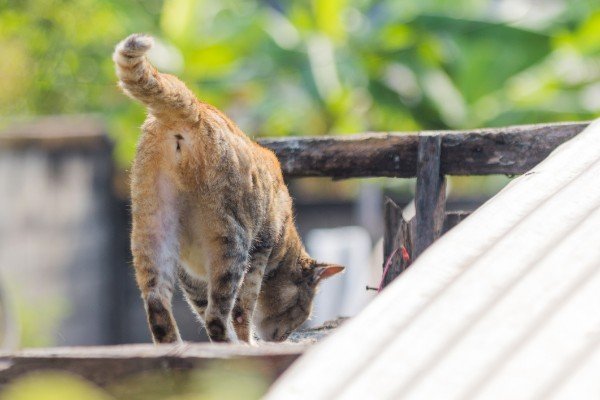
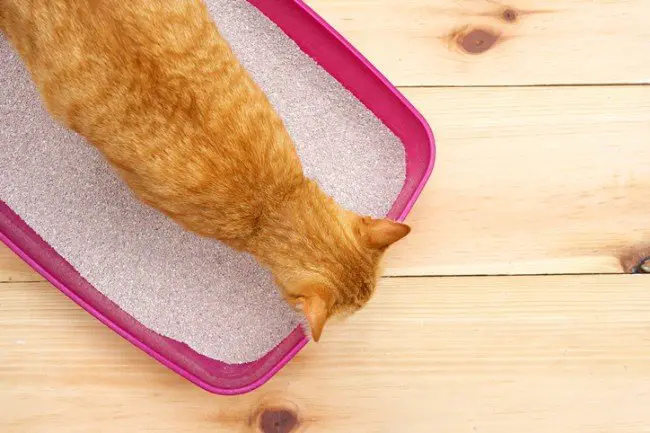
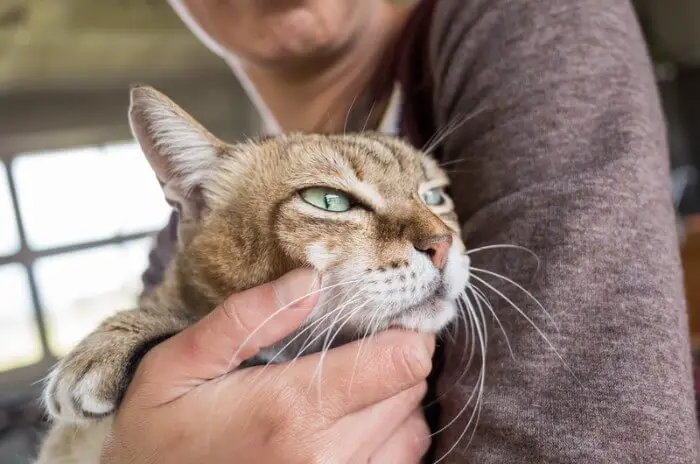
Leave a Comment